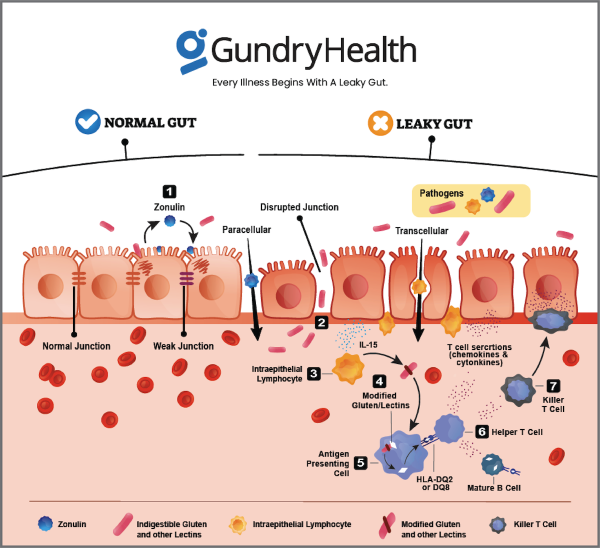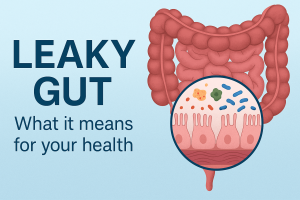Understanding Mold Toxicity
Exposure to environmental toxins, particularly mycotoxins from moldy conditions, poses a significant risk to overall health. Mold toxicity, often overlooked or misattributed, can manifest in various symptoms, ranging from respiratory issues to neurological problems.
Identifying Mold Exposure
Determining whether symptoms stem from mold exposure can be challenging. Recognizing warning signs and understanding the correlation between symptoms and environmental factors are crucial steps. Common indicators include allergic reactions and inflammatory responses triggered by mold spores and mycotoxins.
- Musty odor in indoor spaces
- Visible signs of water damage, such as dark spots or bubbling paint
- Physical symptoms like nasal congestion, itching, or respiratory distress
- Neurological manifestations like memory problems, fatigue, and headaches
Symptoms of Mold Toxicity
Mold toxicity symptoms can vary widely, affecting multiple bodily systems and exacerbating existing health conditions. While some symptoms mirror those of seasonal allergies, others denote more severe neurological and inflammatory responses.
- Respiratory symptoms: Wheezing, coughing, watery eyes, runny nose
- Neurological manifestations: Memory problems, brain fog, fatigue, muscle cramping
- Sensory disturbances: Numbness, tingling, headaches, migraines with light sensitivity
- Gastrointestinal issues: Abdominal pain, nausea, diarrhea, appetite changes
- Immune system disruptions: Frequent colds, sinusitis, flu-like symptoms
Warning Signs of Mold Toxicity
Recognizing warning signs of mold toxicity can aid in early detection and intervention. These signs encompass both physical symptoms and observable environmental cues, guiding individuals to seek professional evaluation and remediation.
- Sensory cues: Musty smell, visual signs of mold growth, bubbling paint
- Physical symptoms: Itchy skin, watery eyes, headaches, mood changes
- Respiratory distress: Asthma exacerbation, shortness of breath
- Structural indicators: Insulation lumps, soft areas in flooring
Treatment and Management
Addressing mold toxicity requires a multifaceted approach, involving medical consultation, environmental assessment, and targeted interventions. Treatment strategies focus on minimizing exposure, supporting detoxification pathways, and restoring overall health and well-being.
- Environmental assessment: Identifying and remediating mold sources in indoor spaces
- Dietary and lifestyle modifications: Adopting anti-inflammatory diets, optimizing ventilation, and minimizing exposure to mold-prone environments
- Detoxification support: Enhancing the body’s natural detoxification processes through supplements and lifestyle interventions
- Medical intervention: Consulting healthcare professionals specializing in mold-related illnesses for personalized treatment plans
Conclusion
Awareness of mold toxicity symptoms and proactive measures to mitigate exposure are essential for safeguarding health and well-being. By addressing mold-related concerns promptly and comprehensively, individuals can optimize their living environments and promote long-term health.







